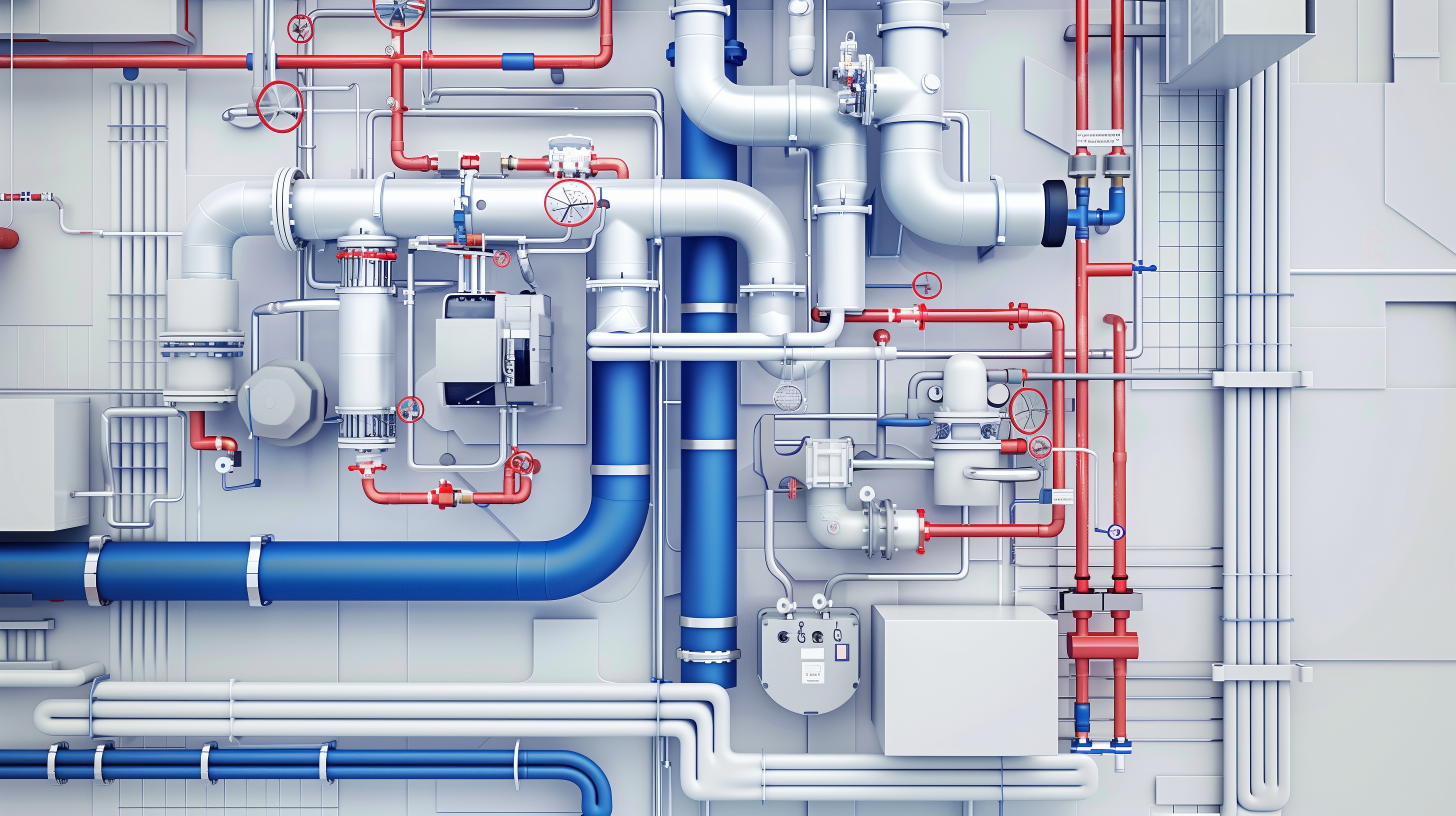Welcome to our comprehensive guide on upgrading your kitchen with an energy-efficient dishwasher! In this blog post, we’ll walk you through the process of replacing your old dishwasher with a new, ENERGY STAR-certified model, helping you save money on energy bills while reducing your environmental footprint.
As homes evolve, so do the appliances within them. With advancements in technology, today’s dishwashers are not only more efficient at cleaning dishes but also more energy-efficient, saving you both time and money in the long run. Whether you’re renovating your kitchen or simply looking to replace an outdated appliance, installing an energy-efficient dishwasher is a smart investment that pays dividends over time.
Technical Description:
- High-efficiency dishwashers typically have earned the ENERGY STAR Qualified Appliance label.
- Ultra-efficient dishwashers are those that meet ENERGY STAR’s “Most Efficient” designation requirements.
Alternate Terms:
- Water-Saving Dishwasher
- Advanced Dishwasher
High-efficiency dishwashers minimize wasted energy cleaning dishes, pots, and pans. This translates to convenience at a lower cost. Isn’t it time homes used advanced technology components?
Scope: Installing a New Dishwasher in a New Home
- Selecting an Energy-Efficient Dishwasher Model:
- Look for ENERGY STAR-certified models.
- Prioritize energy efficiency to reduce utility costs and environmental impact.
- Installation Process:
- Follow manufacturer’s instructions for proper installation.
- Ensure all components are securely installed to avoid leaks or malfunctions
Description of Dishwasher Operation:
- Automated Sequence: Dishwashers perform a series of operations including washing, rinsing, and drying dirty dishes.
- Wash Cycle: Upon starting, the dishwasher boosts the temperature of incoming hot water and sprays it with detergent onto the dishes to dissolve dirt and grime.
- Rinse Cycle: After washing, the dirty water is drained, and the dishes are rinsed with clean, hot water.
- Drying: Dishes are either air-dried or dried with an electric resistance element.
Features of New Dishwashers:
- Customized Wash Cycles: Modern dishwashers feature computer-controlled wash cycles that adjust wash duration, water temperature, and spray intensity based on dish quantity and dirtiness.
- Energy and Water Savings: ENERGY STAR-certified dishwasher models consume approximately 35% less energy and water than standard models, leading to significant savings over the product’s lifetime.
Impact of ENERGY STAR-Certified Dishwashers:
- Energy and Cost Savings: Using ENERGY STAR-certified dishwashers not only saves energy but also reduces utility bills for consumers.
- Popularity Growth: The popularity of dishwashers has steadily increased over the years, with a significant percentage of U.S. homes now equipped with this appliance.
Installing a Dishwasher with an ENERGY STAR-Certified Model
- Selecting a New Dishwasher:
- Measure Space: Determine space constraints for the new dishwasher location and ensure it fits through doorways and hallways.
- Choose Wisely: Consider household needs, including built-in or portable options, dimensions, capacity, style, features, and energy efficiency.
- Research: Use ENERGY STAR Product Finder to identify certified models and check for rebates or incentives in your area.
- Installing the New Dishwasher:
- Preparation: Use floor protection and clear the installation area of dust and dirt.
- Unpacking: Remove packaging, keeping it for potential returns or repairs.
- Setting Up Water Supply: Install copper tubing, connect to the water valve, and position water and electric lines correctly.
- Connecting: Attach water inlet, drain line, and make electrical connections following safety precautions.
- Securing: Level the dishwasher, fasten it to the countertop, and ensure proper connections.
- Testing: Turn on water and power, check for leaks, and run a test cycle.
- Setting Up Internet Connectivity:
- Download Manufacturer App: Download the manufacturer’s app on a mobile device.
- Follow App Instructions: Sign in or create an account, add the dishwasher, and follow prompts to connect to the home network.
- Providing Product Literature and Instructions:
- Supply Documentation: Give the homeowner product literature, warranty info, and utility rebate paperwork.
- Usage Tips: Advise on energy-saving practices such as scraping food residue instead of pre-rinsing and loading the dishwasher fully.
Install a new dishwasher as a replacement for an older dishwasher in an existing home.
1. Select a new energy-efficient, ENERGY STAR-certified dishwasher model.
- Refer to the Selecting a New Dishwasher section above for guidance on selecting the right model.
2. Remove the old dishwasher:
- Plan ahead for proper disposal or recycling of the old dishwasher.
- Clean out the area in the sink cabinet and remove cabinet doors for better access.
- Shut off power and water supply to the old dishwasher.
- Disconnect electrical wiring and drain/water supply lines.
- Carefully remove the old dishwasher from its bay using appropriate tools and equipment.
- Transport the old dishwasher to a recycling facility or arrange for pickup.
3. Install the new dishwasher:
- Many appliance vendors offer installation services.
- Follow the installation instructions provided in the Description tab if installing it yourself.
By following these steps, you can seamlessly replace a dishwasher with an ENERGY STAR-certified model, providing energy efficiency and convenience for the homeowner.
Compliance with Codes and Standards
ENERGY STAR Single-Family New Homes, Version 3/3.1 (Rev. 11):
- National Program Requirements:
- ENERGY STAR refrigerators, dishwashers, and ceiling fans are modeled in the ENERGY STAR Reference Design Home.
- The ENERGY STAR Reference Design Home determines the ENERGY STAR ERI Target for each home seeking certification.
- While not mandatory, utilizing efficiency features in the Reference Design Home is recommended to achieve the ENERGY STAR ERI Target.
- Partners should review Mandatory Requirements in Exhibit 2 for additional criteria.
ENERGY STAR Certified Dishwashers Criteria:
- Dishwasher models must meet specific criteria to qualify for the ENERGY STAR label and inclusion on the certified products list.
DOE Zero Energy Ready Home (Revision 07):
- Exhibit 1 Mandatory Requirements:
- Item 1: Homes must be certified under the ENERGY STAR Qualified Homes Program or the ENERGY STAR Multifamily New Construction Program.
- Item 5: All installed refrigerators, dishwashers, and clothes washers must be ENERGY STAR qualified.
For detailed code language and additional requirements, please refer to the respective program documents.
By following these steps, you’re not only saving money on energy bills but also reducing water consumption and greenhouse gas emissions. Plus, with improved cleaning performance and advanced features, you’ll enjoy greater convenience and efficiency in your daily routine.
For immediate service or consultation, you may contact us at Allied Emergency Services, INC.
Contact Information:
- Phone: 1-800-792-0212
- Email: Info@AlliedEmergencyServices.com
- Location: Serving Illinois, Wisconsin, and Indiana with a focus on the greater Chicago area.
If you require immediate assistance or have specific questions, our human support is readily available to help you.
Disclaimer: This article is intended for informational purposes only. For professional advice, consult experts in the field.










